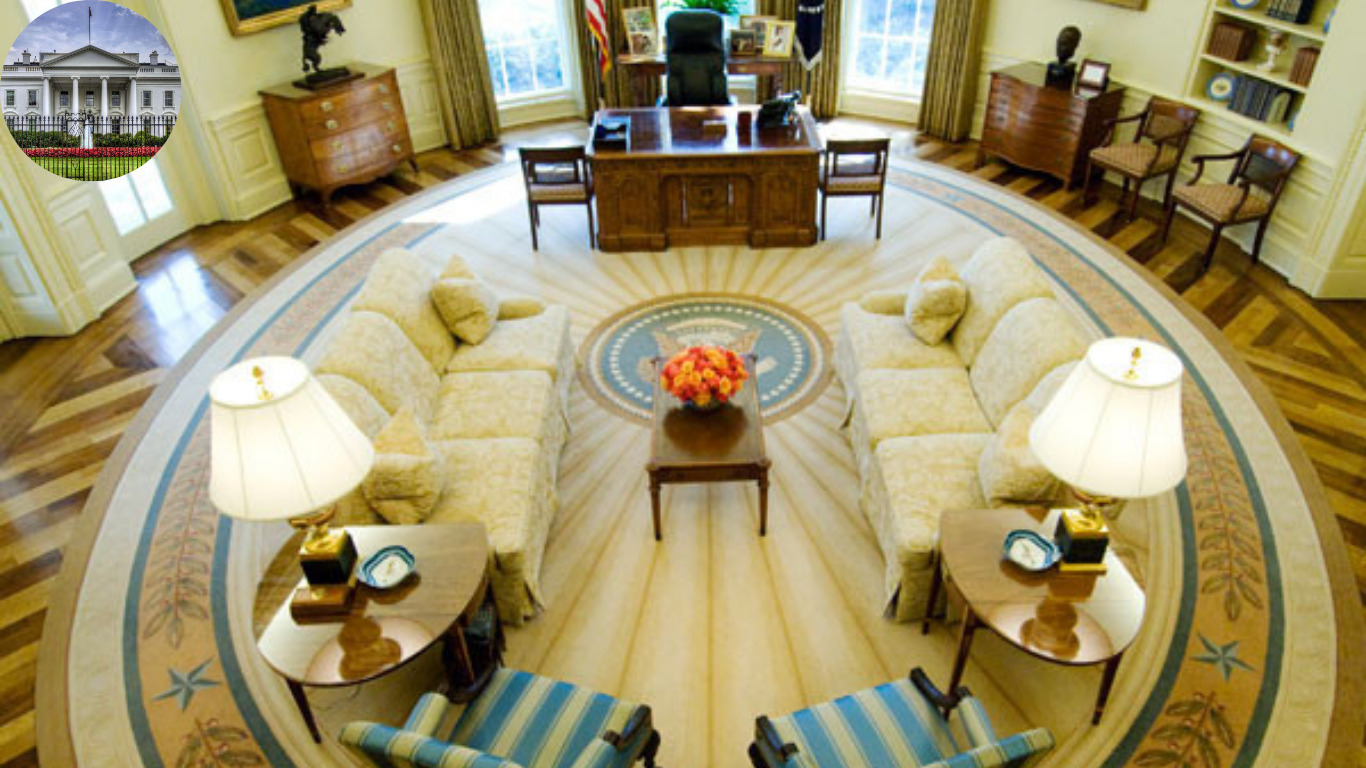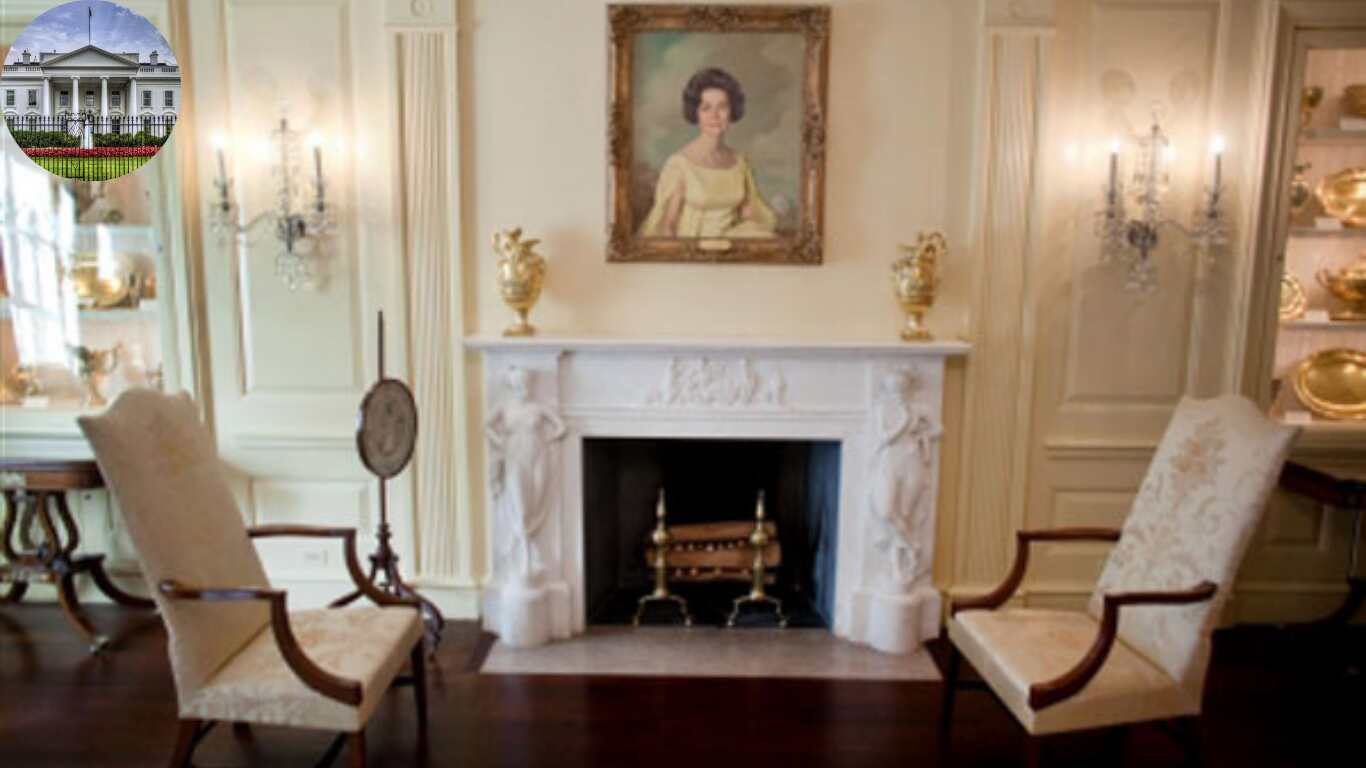The White House is one of the most iconic landmarks in the United States, known for its historical significance and stunning architectural features. As the official residence of the U.S. president, it has been home to countless presidents and moments in history. Among its many features, one question often arises: Does the White House have real fireplaces?
| Feature | Details |
|---|---|
| Number of Fireplaces | 28–35 fireplaces and chimneys are present in the White House. |
| Type | Most are real, wood-burning fireplaces with carefully crafted mantels. |
| Historical Use | Fireplaces were the primary heat source until the mid-1880s. |
| Maintenance | Chimneys are cleaned annually by a team of professional sweeps. |
| Notable Presidential Use | Many presidents, including Theodore Roosevelt, Nixon, Carter, and Biden, have used them for real wood fires. |
| Decorative Features | Some mantels are decorated with carvings or historical inscriptions. |
| Location | Found throughout the Residence, including State Floor rooms and offices. |
The Historical Significance of Fireplaces in the White House
Early Heating Methods in the White House
When the White House was completed in 1800, fireplaces were an essential heat source. Central heating systems did not exist, and wood-burning fireplaces were the primary way to keep the home warm during cold Washington winters. The fireplaces were not merely decorative but designed to provide practical warmth for the president, their family, and staff.
The fireplaces in the early 19th century were strategically placed throughout the building, offering warmth to public and private spaces. In those days, maintaining a steady supply of firewood was a logistical challenge, yet it was indispensable for comfort in such a large building.
The Evolution of Heating in the White House
Over the years, technological advancements transformed how the White House was heated. By the mid-19th century, coal-burning stoves began to replace some wood-burning fireplaces. Eventually, in the 20th century, central heating systems were installed, reducing the reliance on fireplaces as a primary heating source.
Fireplaces remained an important part of the White House’s identity despite these changes. Many of the original fireplaces were preserved; even today, they serve as functional and symbolic elements of the residence.
Historical Anecdotes About White House Fireplaces
One of the most notable stories comes from President Andrew Jackson, who reportedly complained about the inefficiency of the fireplaces during the colder months. In contrast, President Franklin D. Roosevelt famously used the warmth and ambiance of the fireplace for his “Fireside Chats,” which were radio broadcasts that comforted and united Americans during troubling times.
How Many Fireplaces Does the White House Have?
The Number of Fireplaces in the White House
The White House currently boasts 28 to 35 fireplaces, depending on how they are counted. Some sources suggest 28 fireplaces, while others believe there may be as many as 35. The discrepancy arises from renovations and restorations, as well as how certain unused or decorative fireplaces are categorized.
You may also read(taylor dayne house)
Fireplace Locations
The fireplaces are spread throughout the White House, including public and private rooms. Some of the most notable locations include:
- The Oval Office: A working fireplace often featured in presidential photos and meetings.
- The Diplomatic Reception Room: Known for its historical significance and use during President Roosevelt’s Fireside Chats.
- The State Dining Room: A grand space with an ornate mantel that complements formal dinners.
- The Lincoln Bedroom: A private room with a beautifully preserved fireplace.
Table: Key Rooms and Their Fireplaces
RoomFunctional StatusHistorical Significance
Oval Office Functional is used during meetings and photoshoots.
Diplomatic Reception Room Functional Famous for FDR’s Fireside Chats.
State Dining Room Decorative Adds elegance to formal dinners.
Lincoln Bedroom Decorative Preserved for its historical importance.
Are the Fireplaces in the White House Real?
What Defines a “Real” Fireplace?
A “real” fireplace typically refers to one that is functional, meaning it can burn wood or other fuels to produce heat. In contrast, decorative fireplaces are designed purely for aesthetic purposes and are not operational.
Real, Functional Fireplaces in the White House
Yes, many of the fireplaces in the White House are real and functional. For instance, the fireplaces in the Oval Office and the Diplomatic Reception Room are still used today. While some fireplaces have been converted to gas or electric for convenience and safety, others retain their original wood-burning capabilities.
Presidential Use of Fireplaces
Presidents throughout history have used these fireplaces for practical warmth and a comforting ambiance during important events. For example, President Joe Biden has been photographed enjoying the warmth of the fireplace in the Oval Office, continuing a long-standing tradition.
Famous Fireplaces and Their Stories
The Diplomatic Reception Room Fireplace
This fireplace is one of the most iconic in the White House. It served as the backdrop for Franklin D. Roosevelt’s Fireside Chats, during which he addressed the nation on critical issues like the Great Depression and World War II. The fireplace remains a symbol of connection and reassurance.
The Oval Office Fireplace
The Oval Office fireplace is often seen in photographs of presidents meeting with world leaders or signing important legislation. It exudes a sense of formality and warmth, making it a favored spot for high-profile events.
Other Iconic Fireplaces
Other fireplaces in rooms like the Blue Room, Green Room, and Red Room have also played roles in historic moments, from state dinners to holiday celebrations. These fireplaces are often decorated seasonally, adding to the White House’s charm.
Table: Famous Fireplaces and Their Significance
Fireplace LocationHistorical Moment
Diplomatic Reception Room FDR’s Fireside Chats
Oval Office Meetings with world leaders
State Dining Room Hosts formal state dinners
Blue Room Historic holiday decorations and receptions
Materials and Architectural Styles of White House Fireplaces
Materials Used in White House Fireplaces
The fireplaces in the White House are crafted from luxurious, period-appropriate materials. Some of the most common materials include:
- Marble: Often used for mantels, adding elegance and durability.
- Brass: Frequently seen in decorative grates and surrounds.
- Wood: Used in earlier mantels for a more rustic look.
Architectural Styles
The fireplaces reflect the evolving tastes of the presidents and their administrations. For example:
- Federal Style: Seen in early fireplaces, characterized by simplicity and symmetry.
- Victorian Influences: Introduced ornate carvings and intricate designs.
- Modern Additions: Some fireplaces have been updated to include gas or electric options for convenience.
Maintenance and Upkeep of White House Fireplaces
Maintaining so many fireplaces in a historic building is no small task. The White House employs expert chimney sweeps and preservationists to ensure the fireplaces remain safe and functional.
Annual Cleaning and Safety
Each fireplace undergoes annual cleaning to remove soot and debris. Modern safety protocols, such as fire-resistant materials, have also been added to reduce the risk of fire.
Role in Public Tours
Many fireplaces are featured prominently during White House tours, offering visitors a glimpse into the home’s rich history and architecture.
Fireplaces in Presidential Life
Fireplaces have played an intimate role in the lives of presidents and their families. Presidents like Richard Nixon, Jimmy Carter, and Joe Biden have all been known to enjoy the warmth and ambiance of the fireplaces.
Fireplaces also contribute to the White House’s atmosphere, creating a sense of comfort and tradition that resonates with residents and visitors.
Conclusion
So, does the White House have real fireplaces? The answer is a resounding yes. With over 30 fireplaces spread across its rooms, many of which are functional, the White House continues to honor its history while adapting to modern needs. These fireplaces are more than just architectural features—they are symbols of tradition, warmth, and the enduring legacy of the presidency.
Next time you see a photograph of the Oval Office or the Diplomatic Reception Room, take a moment to appreciate the history and craftsmanship behind these iconic fireplaces. What’s your favorite feature of the White House? Let us know!
You may also read(rick harrison house)
